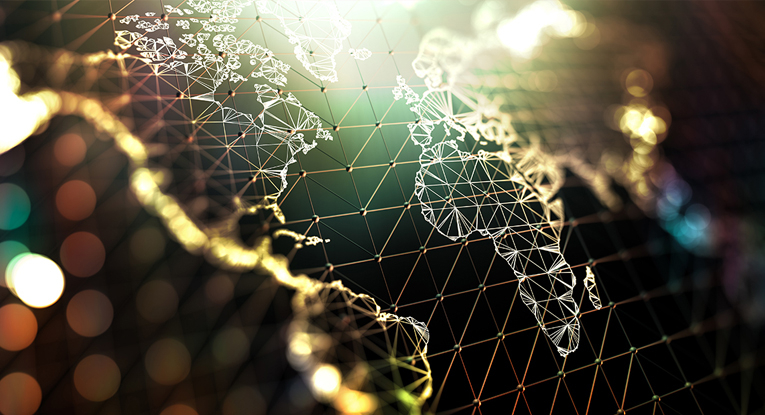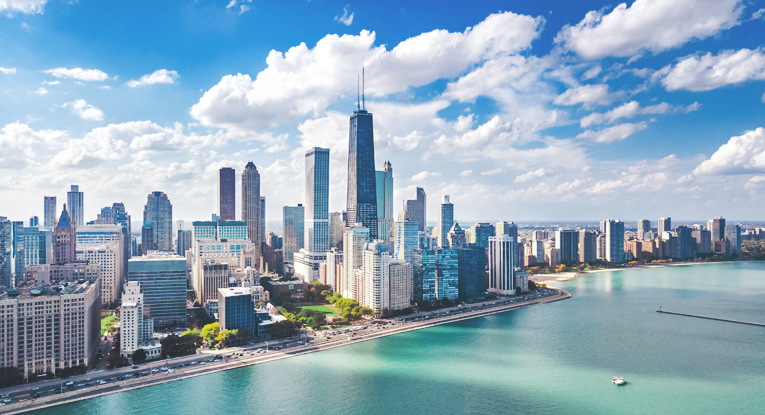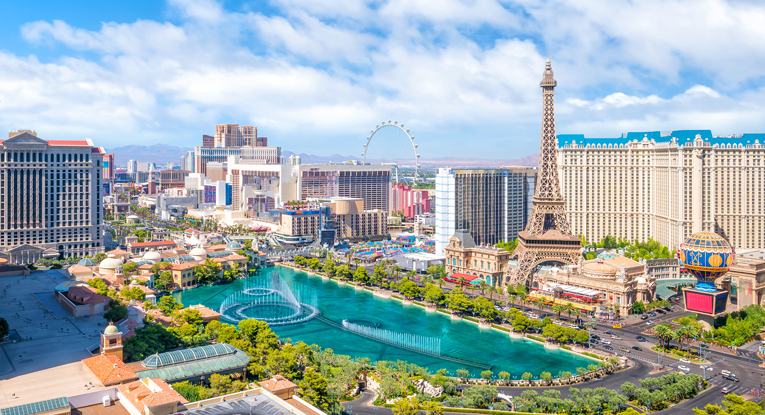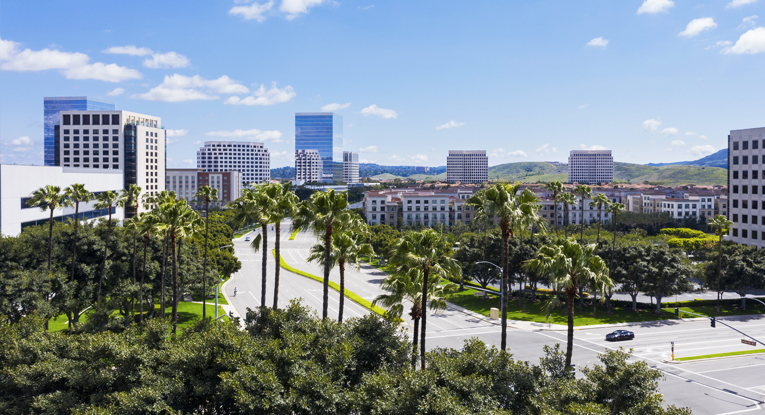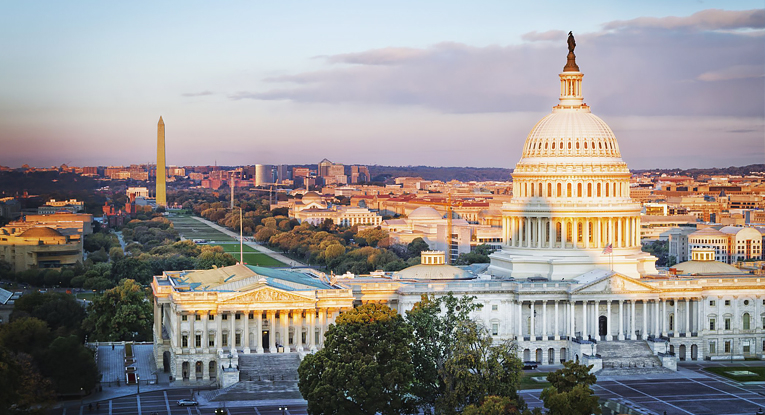Forgivable Loans Under the SBA and Emergency EIDL Grants
Please note: Information in the following advisory was accurate upon its date of publication. However, given the rapidly changing nature of guidance from the Department of the Treasury and others, we recommend you visit the Treasury website and our COVID-19 Resource Center for the latest updates.
Paycheck Protection Program
Increased Eligibility for Small Business Administration (SBA) Loans:
The Act makes available $349 billion for SBA 7(a) loans to businesses impacted by the COVID-19 pandemic. This new program significantly expands borrower eligibility compared to the existing SBA 7(a) loan program to include any business, regardless of revenue, that employs no more than 500 employees, unless the covered industry’s SBA size standard by North American Industry Classification System (NAICS) code allows for more than 500 employees (visit the SBA website for a list of NAICS codes and corresponding number of employee limitations). Sole proprietors, independent contractors and eligible self-employed individuals may also participate in the program, as can nonprofits.
In calculating the 500-employee threshold applicable to a given business, the SBA generally includes all employees, regardless of full-time, part-time or other status, and also includes employees of affiliated entities. The SBA’s normal affiliation standards apply, which are fairly complex and should be reviewed carefully to determine their applicability to a given business. Notably, however, the Act waives the affiliation rule in the following sectors with respect to loans under this program:
- Businesses with no more than 500 employees and assigned an NAICS code beginning with 72, which comprises establishments providing customers with lodging and/or preparing meals, snacks and beverages for immediate consumption.
- Franchises assigned a franchise identifier code by the SBA.
- Businesses that receive financial assistance from a Small Business Investment Company.
Note also that businesses in the accommodation and food industries with fewer than 500 employees at each physical location are eligible to participate in the Paycheck Protection Program, regardless of the number of employees the business may have companywide.
The covered loan period for the program is Feb. 15, 2020, to June 30, 2020. During the covered period, the requirement that a business is unable to obtain credit elsewhere does not apply to a covered loan under the program. Loans under the program generally may not exceed the lesser of (i) $10 million or (ii) 2.5 times the average monthly payroll costs (excluding compensation of an individual employee in excess of an annual salary of $100,000) incurred by the business over the preceding 12-month period, with two exceptions. For seasonal businesses, the average monthly payroll costs for purposes of the calculation may be based on figures during the 12-week period beginning Feb. 15, 2019, or from March 1, 2019, to June 30, 2019. For startups that were not in business between Feb. 15, 2019 and June 30, 2019, the monthly payroll costs for purposes of the calculation may be based on January and February 2020 figures. In each case, the standard 2.5 multiplier applies.
Loans under this program will be 100% guaranteed by the SBA. No personal guarantees or collateral will be required. The loans are nonrecourse against any owner of a borrower if the loan proceeds are used for payroll support, paid sick or medical leave, insurance premiums, employee compensation, and mortgage, rent and utility payments. The repayment term for a loan under the program will be determined based on the borrower’s ability to repay, with a maximum term of 10 years. Payments under the loans can be deferred for a period of no less than six months, not to exceed one year. There are no prepayment penalties.
Loan Forgiveness:
A business with a loan under the Paycheck Protection Program may be eligible for loan forgiveness in an amount equal to covered payroll costs, payment of interest on covered mortgage obligations, payment on covered rent obligations, covered utility payments incurred and payments made during the eight-week period beginning on the date of the origination of the loan. For mortgage, rent or utility obligations to be covered under the Act, the mortgage, leases or utility service must have commenced before Feb. 15, 2020. The amount of loan forgiveness is capped at the principal amount of the loan. To be considered for such loan forgiveness, the borrowers are required to submit an application to the lender with documents that verify their payroll costs and payments on covered mortgages, leases and utilities.
Based on the lender’s review of the borrower’s loan forgiveness application, the amount of the loan that may be forgiven will be reduced proportionally by any reduction in the average full-time equivalent employees from Feb. 15, 2020, to June 30, 2020, compared to either the same period in the prior year or the first two months of 2020, at the election of the borrower. The amount of loan forgiveness will be further reduced by the reduction in pay of any employee whose annual salary is no more than $100,000 by greater than 25% of their compensation during the most recent full quarter. However, employers that would otherwise have their loan forgiveness reduced due to reductions in headcount or employee salaries will still be eligible for loan forgiveness to the extent the reduced employee headcount and/or reduced payroll is corrected by June 30, 2020 (for example, by rehiring previously terminated employees).
Following the loan forgiveness, any portions of loans that are not forgiven as described above will be payable over a maximum of 10 years at an interest rate not to exceed 4%.
From a federal income tax standpoint, the amount of loan forgiveness under the program will not be included in the borrower’s gross income.
Loan Application:
Eligible loan recipients are expected to submit the following documents:
- a certification that the uncertainty of current economic conditions makes necessary the loan request to support the applicant’s ongoing operations;
- an acknowledgement that the funds will be used to retain workers and maintain payroll or make payments for mortgages, leases and utilities;
- a certification that the borrower does not have a loan application pending for the same purpose and that it has not received such a loan between Feb. 15, 2020, and Dec. 31, 2020; and
- other documentation the SBA determines necessary.
The SBA will issue implementation guidance and regulations in further detail within 30 days of the Act, although we anticipate that initial guidance will be released much sooner.
Paycheck Protection Program Lenders:
Borrowers under the Paycheck Protection Program will apply for loans directly from financial institutions participating in the program. The Department of the Treasury will expand the scope of authorized lenders to participate in the Paycheck Protection Program during the national emergency period. It is anticipated that many financial institutions that are not already approved as SBA 7(a) lenders will apply to participate in this program, and SBA will work to streamline the lender application process.
Lenders will receive reimbursement for processing the loans from the SBA based on the balance of the financing outstanding at the time of disbursement at the following rates:
- 5% for loans not more than $350,000;
- 3% for loans of more than $350,000 and less than $2 million; and
- 1% for loans of not less than $2 million.
In addition, the forgiven portions of the loans, plus any interest accrued, will be reimbursed by the SBA to the lenders within 90 days after the forgiven amount is determined.
Emergency EIDL Grants
Increased Eligibility for EIDL Grants
The Act expands eligibility for access to Economic Injury Disaster Loans (EIDL) to include businesses with no more than 500 employees, any individual operating as a sole proprietor or an independent contractor, and tribal businesses, cooperatives and ESOPs with no more than 500 employees. The eligible grant period is between Jan. 31, 2020, and Dec. 31, 2020. During this covered period, the requirement that a business is unable to obtain credit elsewhere does not apply to a covered loan under the program.
Any SBA EIDL loans made in response to COVID-19 before Dec. 31, 2020, will waive the personal guarantee on advances and loans of no more than $200,000. An applicant is also exempted from the requirement that it be in business for at least one year prior to the disaster.
The SBA will approve and offer EIDL loans based solely on an applicant’s credit score without the requirement of submitting a tax return, or use an appropriate alternative method for determining the applicant’s ability to repay.
Emergency Advances
The Act also establishes an emergency EIDL grant to allow an eligible entity (including small business concerns, private nonprofits and small agricultural cooperatives, who have applied for an EIDL loan due to COVID-19) to request an advance of up to $10,000, which the SBA must distribute within three days. Such advance payment may be used for providing paid sick leave, maintaining payroll, meeting increased costs to obtain materials, making rent or mortgage payments and repaying obligations that cannot be met due to revenue losses.
Applicants will not be required to repay such an emergency advance, even if subsequently denied for an EIDL loan. However, the Act requires that an advance payment be reduced from the loan forgiveness amount, if the applicant transfers into a loan made under SBA’s Paycheck Protection Program.





